Richard John Gill
Polymorphic social organisation in a eusocial insect : the ultimate and proximate causes
Gill, Richard John
Authors
Contributors
Rob Morris
Supervisor
Abstract
A fundamental variable in cooperative breeding animal species is the degree to which reproduction is partitioned among group members - termed reproductive skew. Understanding the causes for variation in skew contributes to our understanding of social evolution because skew directly impacts on the inclusive fitness gained through cooperation. In this thesis I present a novel model system for investigating skew, by providing detailed sociogenetic data to show a polymorphism in colony social organisation in a species of ant, Leptothorax acervorum. In multiple queen colonies queens reproduce relatively evenly in most populations (polygyny), but I show that skew is particularly high in a Spanish and Japanese population where just one queen out of many monopolises all reproduction (functional monogyny). I further investigated how high skew among queens was maintained in the functionally monogynous Spanish population by undertaking behavioural observations and experiments. In contrast to what is assumed by the majority of skew theory - that control lies with individuals in direct competition over reproduction (queens) - I show that a third party (the workers) plays a principle role in determining which queen reproduces in the colony. Genetic analyses also revealed that workers favour the queen who meets their fitness interest, showing that workers posses both the information and power for their interests to prevail. Furthermore, such worker influence is not observed in polygynous colonies and tellingly multiple queens reproduce. Functional monogyny maintains high relatedness and therefore high indirect fitness benefits among colony members, yet polygyny reduces such benefits because of multiple genetic lineages within the colony. Polygyny is therefore seemingly paradoxical when only considering relatedness, so presumably other parameters are important. Icompared life-history traits and ecological factors associated with each social organisation and discuss the potential importance of habitat patchiness, limited dispersal and queen turnover in shaping the marked contrast in skew between populations. Furthermore, I detected high levels of triploid females in the functionally monogynous populations supporting a high frequency of matched matings between sexuals at the complementary sex determination locus. Importantly, there have been no reports of triploidy in polygynous populations showing that variation in social organisation, along with associated life-history traits and ecological factors, can determine the frequency of matched matings and increase the risk of genetic load. The research presented in this thesis overall highlights two important issues: first,the basic assumptions of skew theory must be tested if skew models are to be applicable,and the gap which has developed between skew theory and associated empirical testingneeds to be bridged. Second, we cannot focus on relatedness alone to explain skew or test kin selection theory, because factors within an ecological parameter are also fundamental.
Citation
Gill, R. J. Polymorphic social organisation in a eusocial insect : the ultimate and proximate causes. (Thesis). University of Hull. https://hull-repository.worktribe.com/output/4209722
| Thesis Type | Thesis |
|---|---|
| Deposit Date | Aug 15, 2011 |
| Publicly Available Date | Feb 22, 2023 |
| Keywords | Biology |
| Public URL | https://hull-repository.worktribe.com/output/4209722 |
| Additional Information | Department of Biological Sciences, The University of Hull |
| Award Date | Sep 1, 2010 |
Files
Thesis
(2.8 Mb)
PDF
Copyright Statement
© 2010 Gill, Richard John. All rights reserved. No part of this publication may be reproduced without the written permission of the copyright holder.
